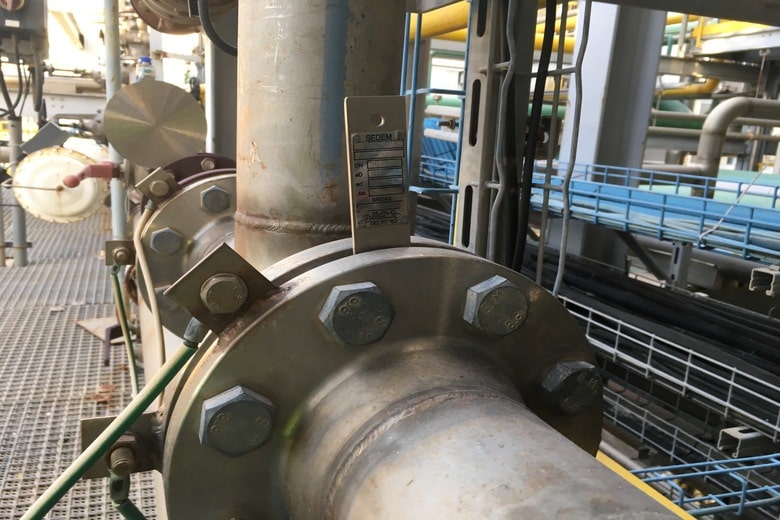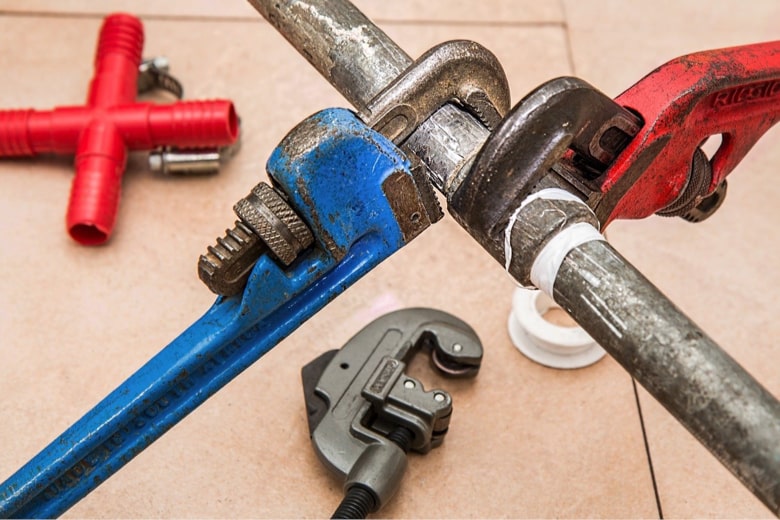Q1 - What is a restriction orifice and why is it used in industrial processes?
A restriction orifice is a device used in piping systems to control or limit the flow of a fluid, typically gases or liquids. It is designed to create a pressure drop across the orifice, which can be crucial for various purposes, such as reducing pressure, controlling flow rates, or measuring flow. Restriction orifices are commonly used in process industries to ensure safety, control, and measurement in fluid systems.
Q2 - How do you determine the appropriate size for a restriction orifice?
Sizing a restriction orifice involves considering several factors, including the desired flow rate, the fluid properties (density, viscosity, and compressibility), and the upstream and downstream pressures. The most common method for sizing is based on the API 520 and ISO 5167 standards, which provide equations and tables to calculate the required orifice size based on these parameters. Additionally, the type of flow (e.g., compressible or incompressible) and the specific application (e.g., control or measurement) will influence the sizing process.
Q3 - What are the different types of restriction orifices, and how do they differ in sizing?
There are various types of restriction orifices, including concentric, eccentric, and segmental orifices. The type of orifice selected depends on the application and the specific requirements. Sizing for each type can vary, with eccentric orifices used for controlling flow rates and reducing erosion, while segmental orifices are often chosen for differential pressure flow measurement. The sizing equations and guidelines for each type differ, so it's essential to select the appropriate type based on your application and follow the relevant sizing standards.
Q4 - How does fluid temperature impact restriction orifice sizing?
Fluid temperature can significantly affect restriction orifice sizing, primarily because it impacts fluid density and viscosity. As temperature changes, the fluid properties can vary, which, in turn, affects the pressure drop across the orifice. It is crucial to consider the operating temperature when sizing a restriction orifice, as it can influence the selection of the orifice size, the type of orifice, and the material of construction to ensure the device functions effectively and safely. Moreover, when dealing with gases, changes in temperature can affect the compressibility factor, which must be considered when sizing restriction orifices for accurate flow control or measurement.








